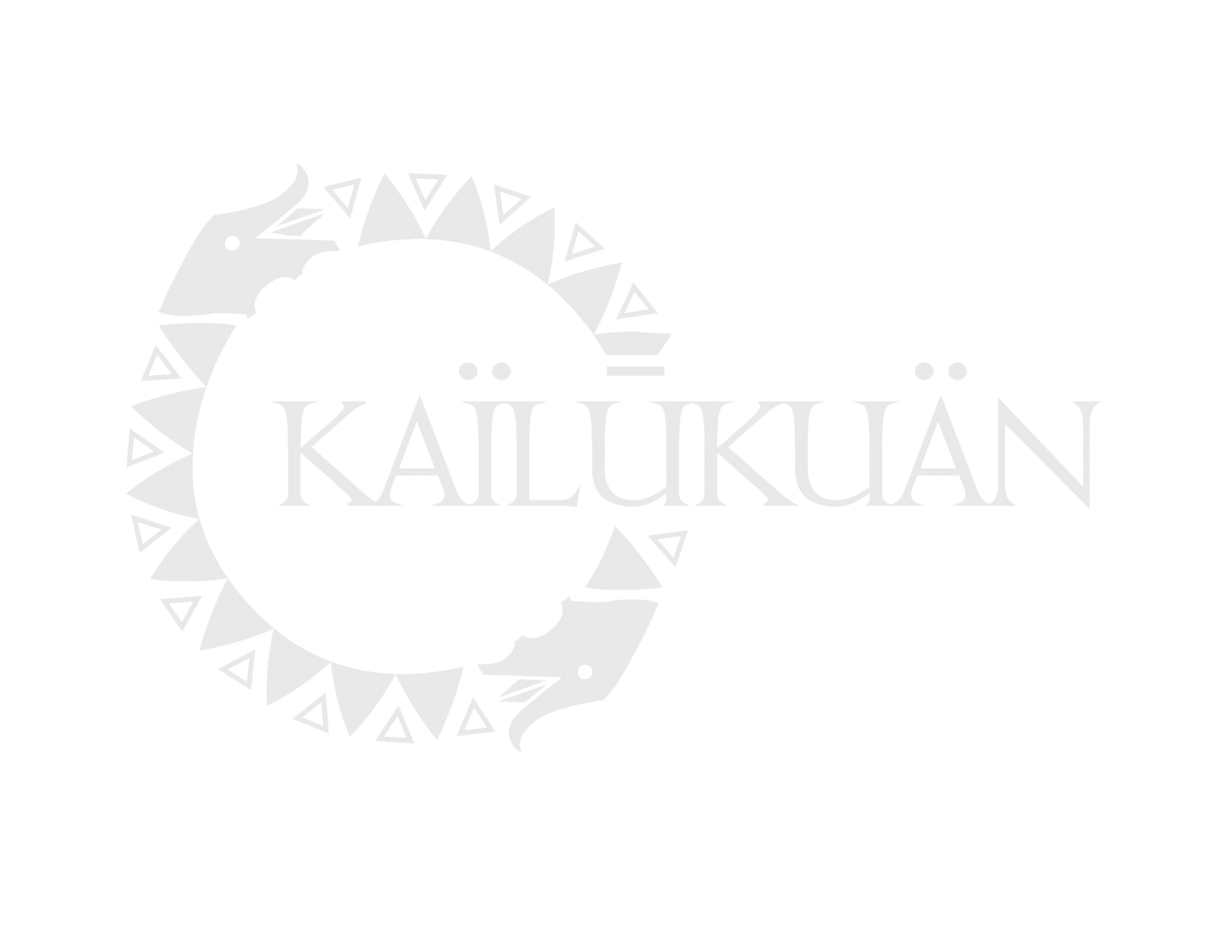Kailukuan School of indigenous science
Kailukuan School of Indigenous Science promotes a holistic approach to the preservation and propagation of our Philippine cultural traditions, focusing on the healing and combat arts. In addition to events, workshops, studio rentals/co-op, our retail storefront, offering seminars and private healing sessions —
Two unique programs are offered: (1) the Ablon Therapy Practitioner Certification Program, and (2) the Kailukuan Combat Program. The Ablon program is based on the transmission of knowledge from Filipino traditional healers. The combat program is based on the teachings from Northern Luzon weapons experts, and is inclusive of the healing arts for a well-rounded way of life. These programs are based on over 35 years of practice, research, and development. Our school/retail shop is located in Walnut (East LA County).
All teachings are presented through a scientific and indigenous lens.
4 levels to mastery
Kailukuan: Combat and Healing Arts of Northern Luzon (KCHA) was conceptualized in 2020, followed by the physical school that was established in 2021 in Walnut, California. The school offers a full curriculum consisting of 11 levels of instruction, namely:
Rugi a Tukad (Beginner Levels 1-3)
Tengnga a Tukad (Intermediate Levels 4-6)
Sakbay a Tukad (Advanced Levels 7-9)
Didyo/Panagsanay Manursuro (Practitioner/Teacher Training)
Sangkabagi (Mastery Level)
The curriculum is based on varying levels following, which lead to the mastery of the entire system as a whole:
1) Didya Mudgara Warrior Club Calisthenics,
2) Didya ‘Kabarwanan, and
3) Ablon Manual Medicine
Ablon Manual Medicine
Ablon (known as Hilot by other ethnolinguistic groups) is a traditional Iluko hands-on form of healing used by folk healers and expert practitioners of the combat arts. It includes the evaluation, treatment, and care for clients dealing with issues on physical, mental, and spiritual planes. It is based on natural laws governing the human body by using spiritual, physiological, psychological, and mechanical methods. Ablon is a healing methodology that is holistic, taking into account distinguishable human qualities or characteristics that have an influence on each other. In a clinical setting, Ablon is applicable in physical rehabilitation or for general maintenance.



